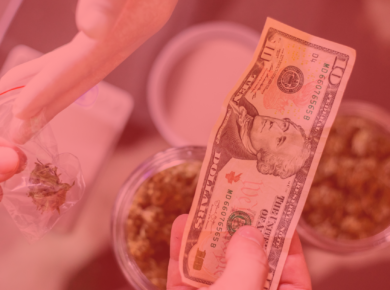CBG (Cannabigerol) and CBD (Cannabidiol) are notable cannabinoids found within hemp and cannabis plants. Each boasts unique properties, despite their shared origin and several similarities.
CBD, renowned for its prevalence and extensive research, interacts with the body’s endocannabinoid system, particularly CB1 and CB2 receptors, by modulating their activity without direct binding. This interaction influences various physiological processes and has been heralded for its potential therapeutic applications.
In contrast, CBG, often deemed the “mother” or “stem cell” cannabinoid, serves as a precursor from which other cannabinoids, including CBD and THC, are synthesized. Typically found in lower concentrations within cannabis strains, CBG can bind directly to CB1 and CB2 receptors, offering a potentially different spectrum of effects and benefits.
While both CBD and CBG are subject to ongoing scientific studies exploring their uses and potential benefits, it’s paramount to note that further research is imperative to fully understand their properties and impacts. The investigation into these cannabinoids and their interactions with the human body presents a compelling domain of study.
Remember: Although CBG and CBD are federally legal in the United States, their legality can fluctuate by state and country. Always verify local regulations before purchasing or utilizing cannabinoid products.
Many States allow hemp derived cannabinoids under the 2018 Farm Bill as long as they contain less than .3% D9 THC. Some States have explicitly banned cannabinoids like Delta 8, so check your local rules and regulations before purchasing.
Here’s the rules for Kush.com and more details
Frequently Asked Questions (FAQs)
What Is the Principal Difference Between CBG and CBD?
CBG, often recognized as the “mother” or “stem cell” cannabinoid, acts as the precursor for other cannabinoids, including CBD and THC. Contrarily, CBD is one of the most abundant cannabinoids in hemp and cannabis plants. The main distinction lies in their chemical structure and interaction with the endocannabinoid system.
Are CBG and CBD Sourced from the Same Plant?
Absolutely, both CBG and CBD are non-psychoactive cannabinoids derived from hemp and cannabis plants, albeit in varying concentrations and extracted during different phases of the plant’s lifecycle.
How Do CBG and CBD Extraction Processes Differ?
The divergence in CBG and CBD extraction is largely temporal. CBG is extracted around six weeks into the flowering cycle, whereas CBD is extracted once the plant reaches full maturity.
Can CBG and CBD Be Utilized Concurrently?
Indeed, CBG and CBD can be co-used. They are often amalgamated in “full-spectrum” products, leveraging the “entourage effect” theory, which posits that cannabinoids may exhibit enhanced effects when used collectively compared to individually.
What Legal Considerations Pertain to CBG and CBD?
Both CBG and CBD are federally legal in the United States if derived from hemp and containing less than 0.3% THC. However, as state and international laws can vary, checking local regulations is crucial.
Where to Purchase?
CBG and CBD products can be procured online and in select physical outlets. Always ensure compliance with local laws prior to any purchase.
Shop





